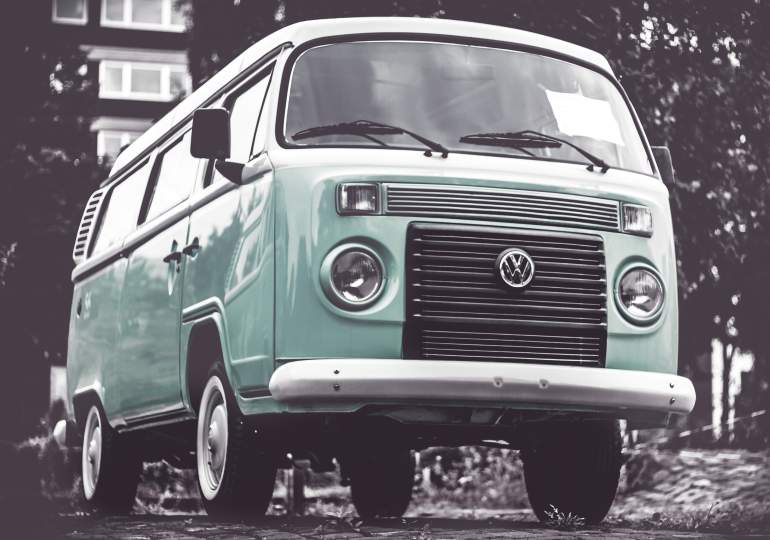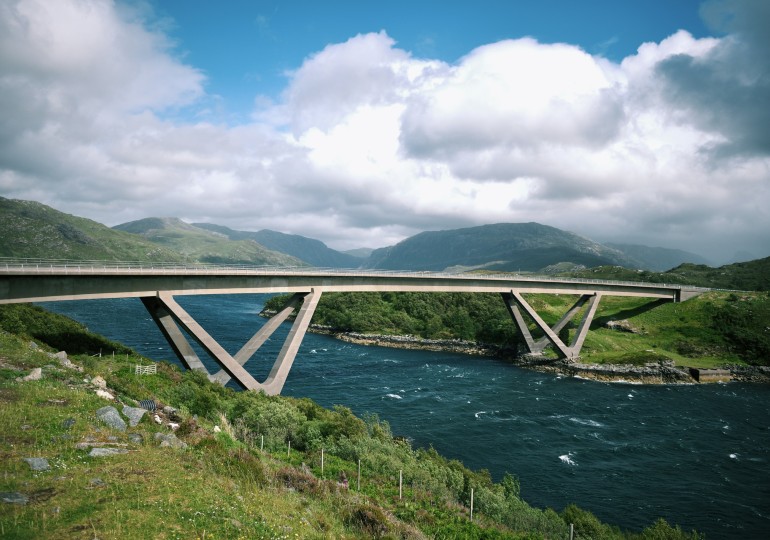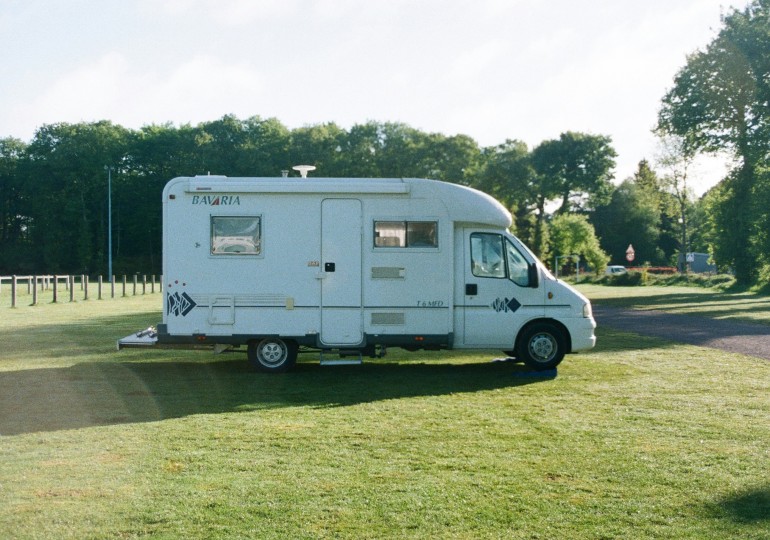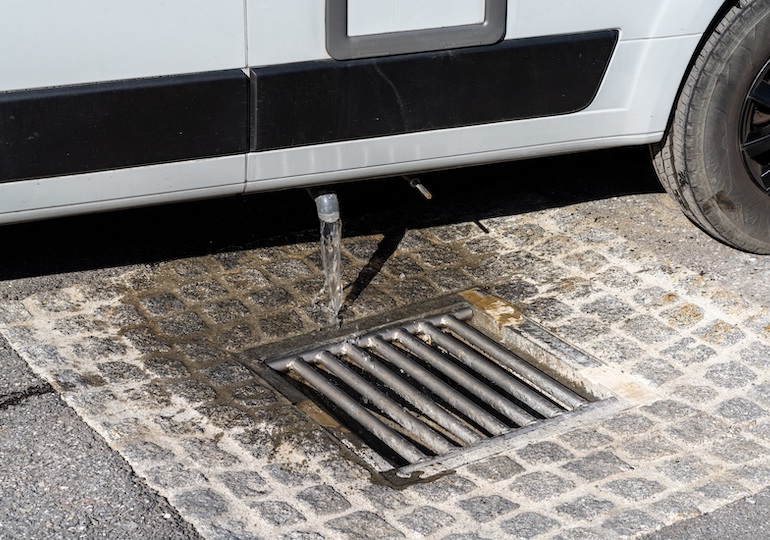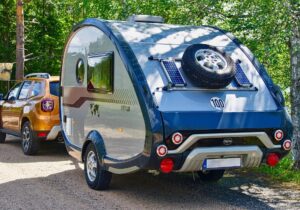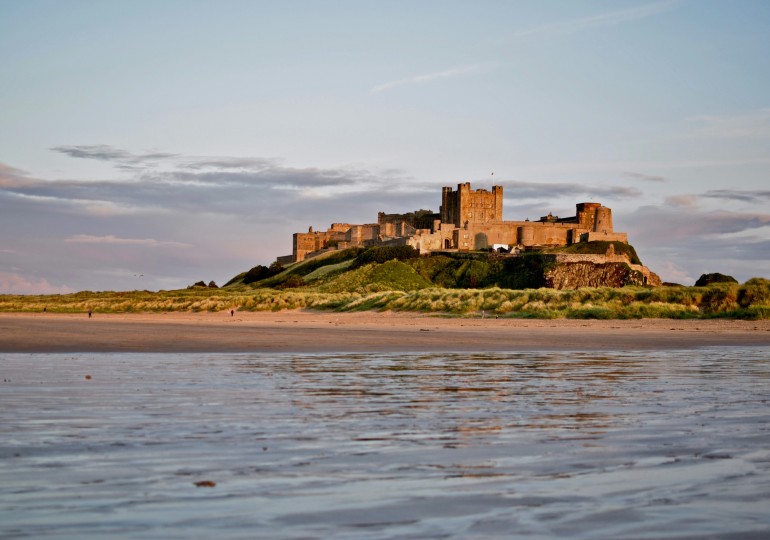On April 23rd 2022, it will be 75 years since the iconic VW campervan was first imagined. Dutchman Ben Pon made his primary sketch of what would become the symbol of freedom and laidback cool after observing motorised trolleys being used to move parts around a VW factory in Wolfsburg in 1947.
That initial sketch, which somewhat resembled a box on wheels, would evolve into the brightly coloured campers adorned with the VW silver badge that have become synonymous with nostalgia in the leisure vehicle world. To mark the anniversary, Just Kampers has created a timeline of key events in the development of the VW campervan.
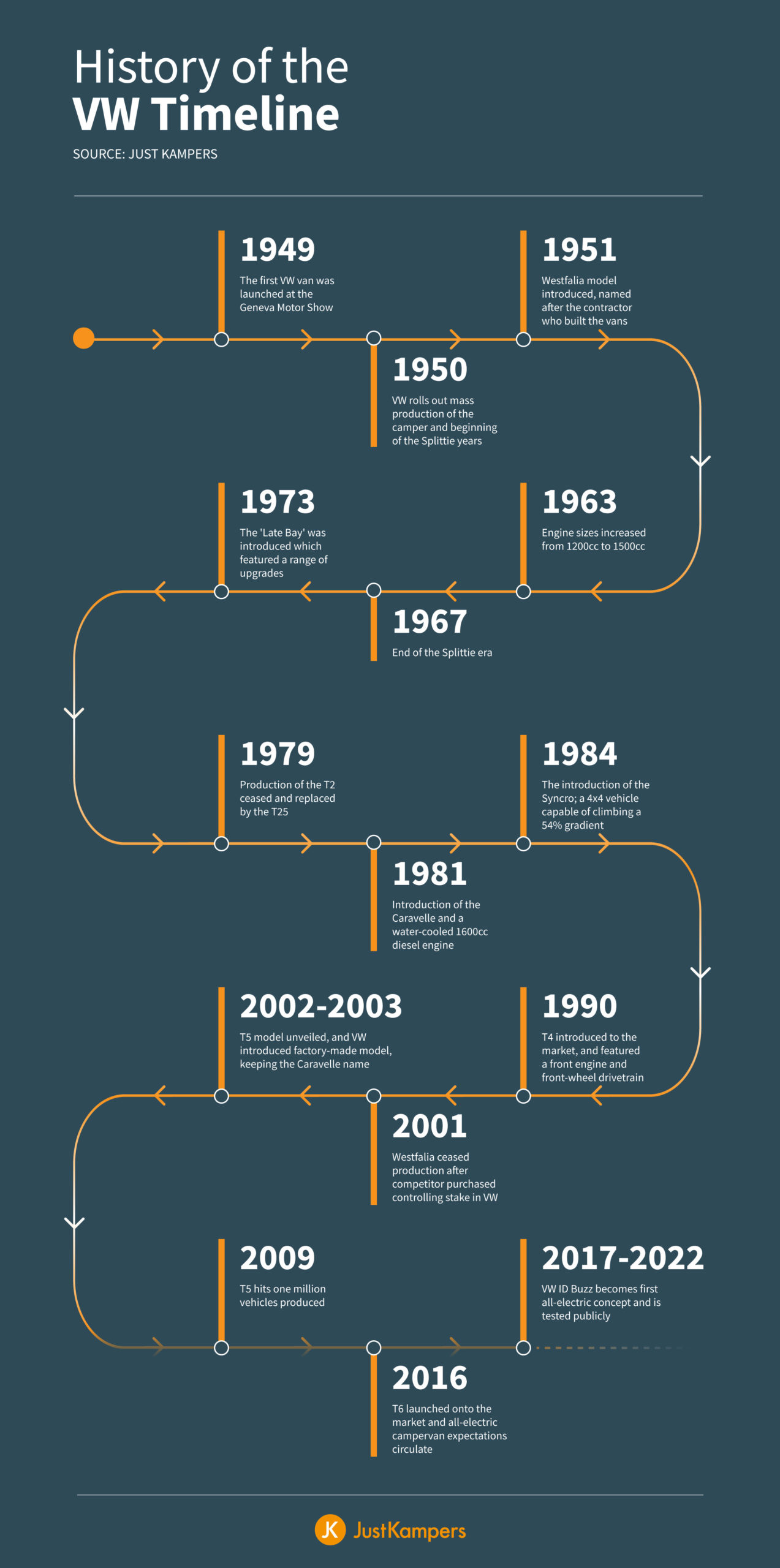
Two years after Mr Pon put pen to paper, the first VW van was premiered at the Geneva Motor Show in November 1949. This first generation was known as ‘Splitties’ due to their split-screen windscreen and these models are incredibly collectible today. By 1950, VW was producing the vans at a rate of ten vehicles a day, with everything from fire engines to beer wagons being created, as well as the trusty campers.
After 1,477,330 Splitties had been built and sold, VW retired the model in 1967. This would make way for the Early Bay, which entered the market a year later. It marked a radical rethink in the VW camper’s design and included features like wind down windows and engines with a stabilising back bar.
When the Late Bay was introduced in 1973, it was more reliable than its predecessor and came with additional safety measures built in. Not only did the brakes perform much better, but the passenger cell was reinforced and the van featured a crumple zone to absorb impact in the event of a collision.
VW ceased production on the T2 Bay in 1979, with the T25 quickly coming in to fill its shoes. This model has not yet gained the iconic status of the VW campers that went before, but has proven to be very popular and is still rolling off production lines in South America. It’s bringing the camper to a whole new generation of leisure vehicle enthusiasts.
The vans of the 1980s, 1990s, 2000s and 2010s produced in Europe take a departure from the recognisable design elements that came before. They have many benefits, however, including a new rust treatment, which was developed and rolled out from 1986. The all-electric VW ID Buzz is expected to hit the market late in 2022 and is a welcome return to the iconic T2 model’s stylings.
Steve Gosling, marketing director at Just Kampers, told CaravanTimes: “The VW campervan is one of the most recognisable silhouettes in modern culture. It began as an impressive concept in vehicle manufacturing that evolved into a social symbol of the 1960s and ensuing counterculture.
“VW campervans are iconic and have also been the key to people discovering a whole new way of life. The #VanLife trend has boomed since the COVID-19 pandemic and provided people with a sense of freedom in a lockdown world. It is undisputedly one of the most culturally important vehicles of all time.”
Photo credit: Unsplash/Christoph Peich
Timeline courtesy of Just Kampers and Just Kampers Insurance

